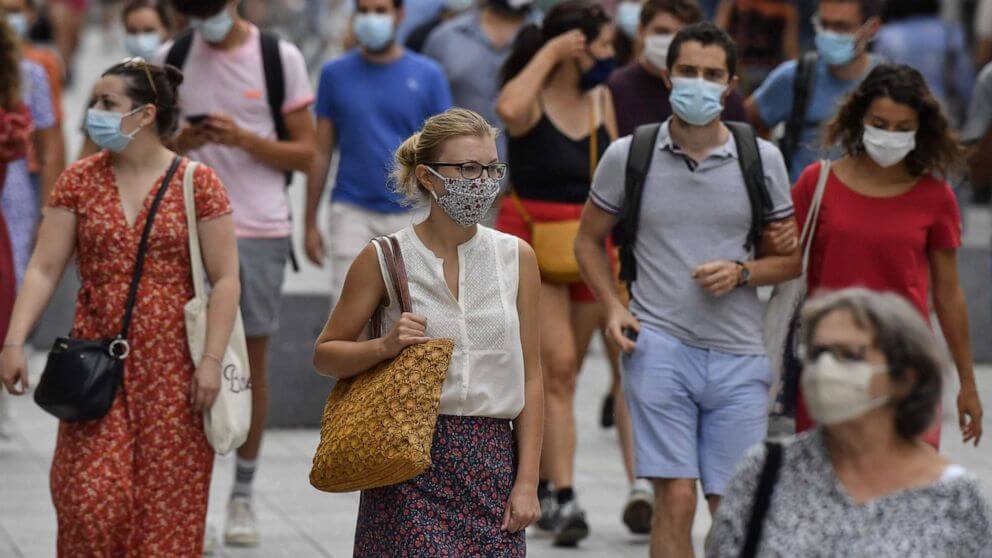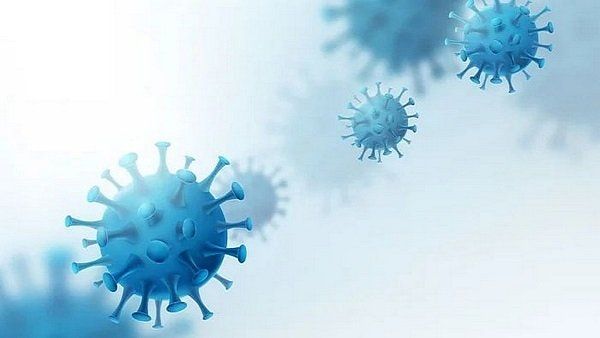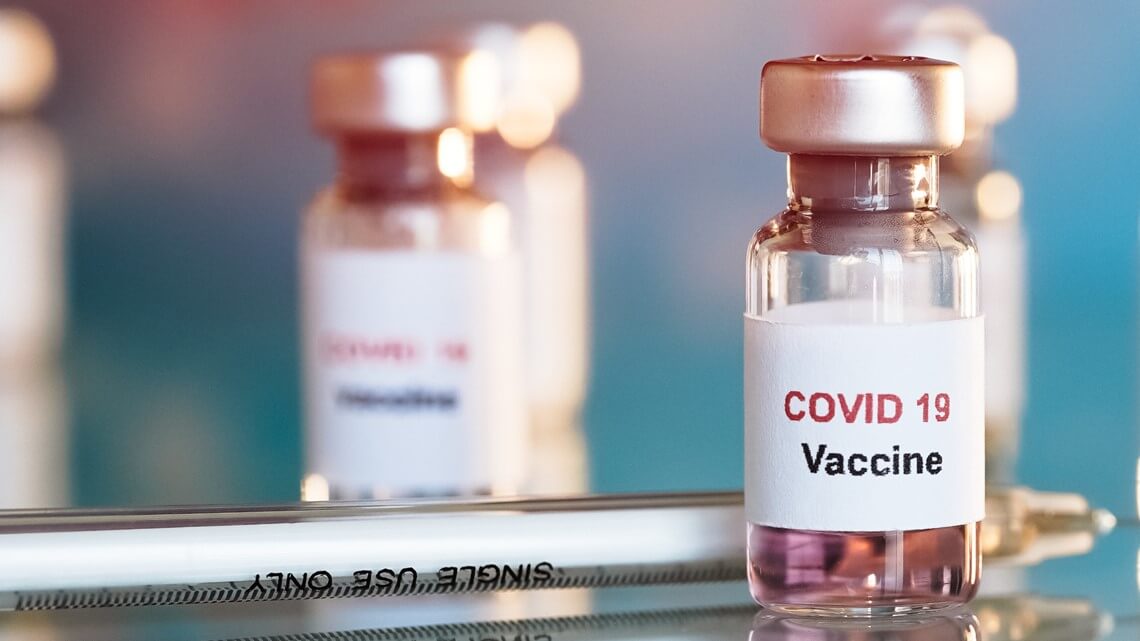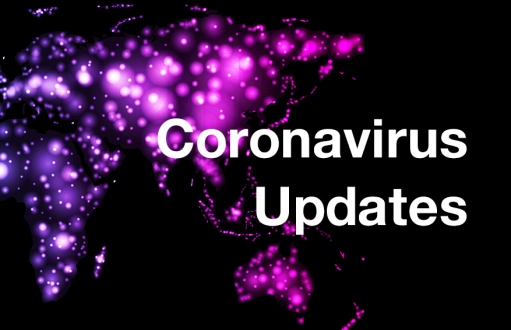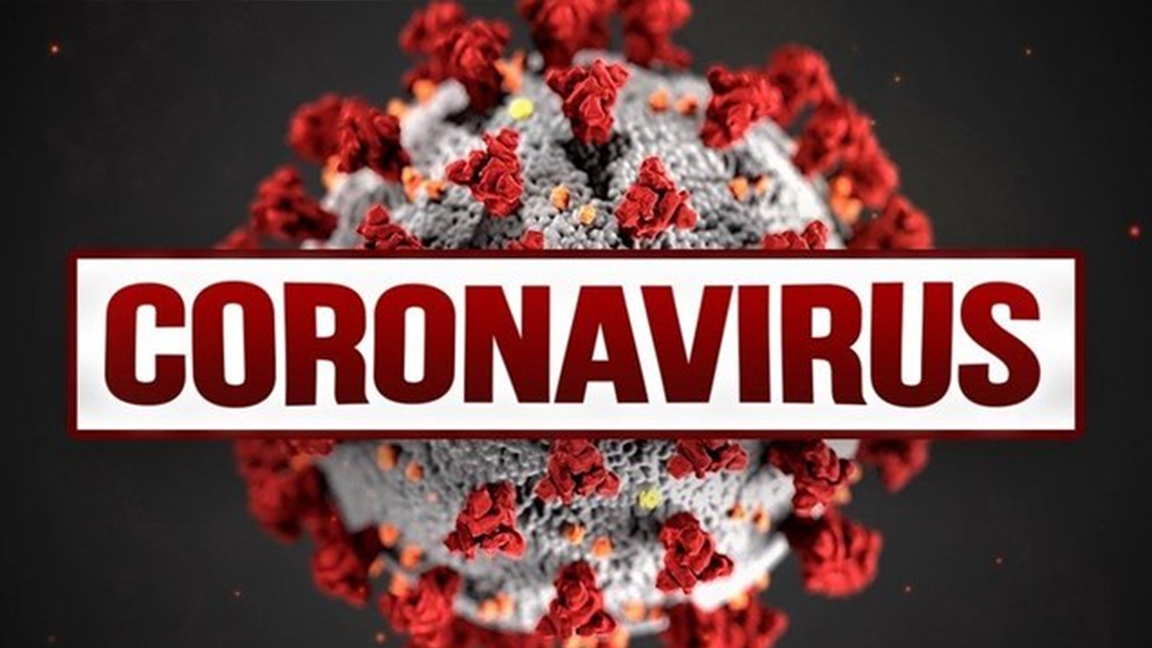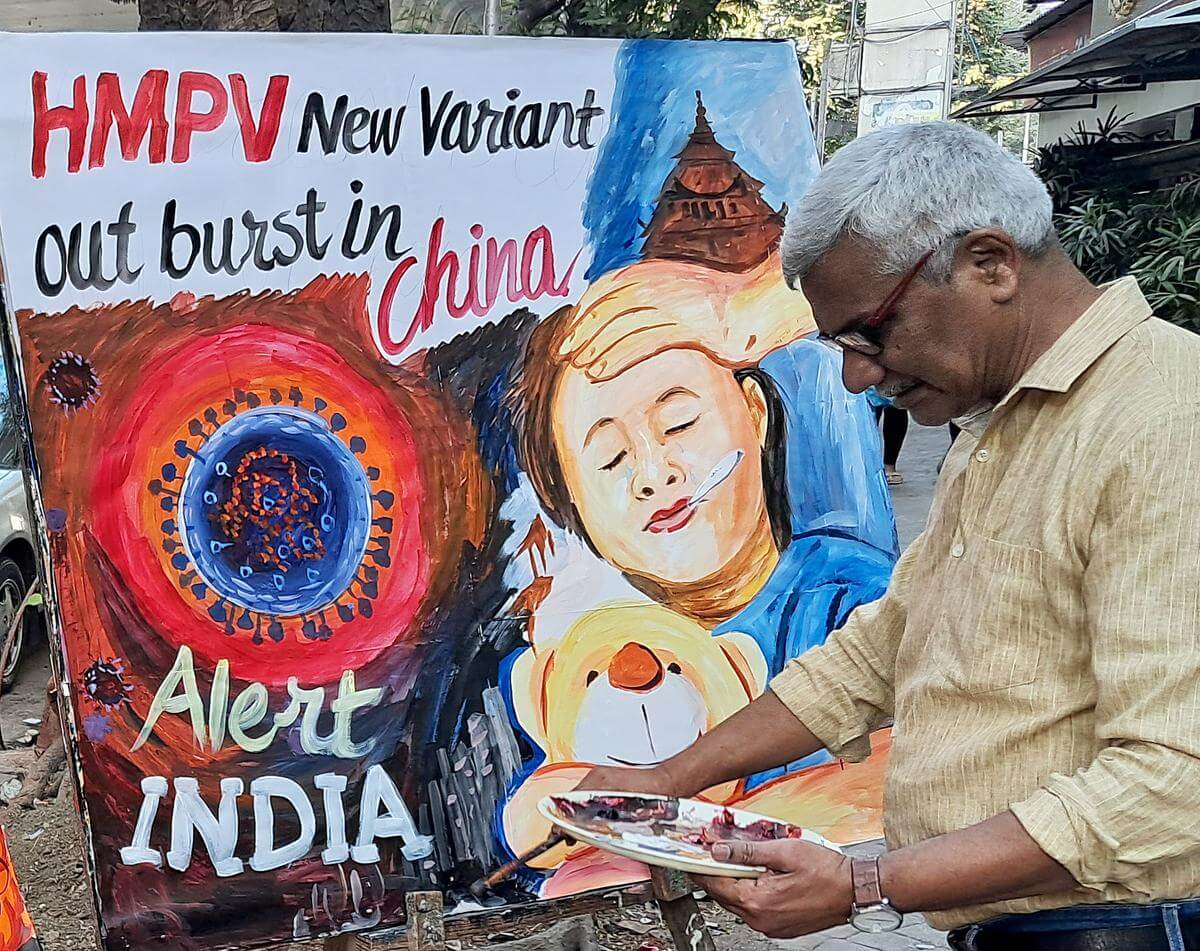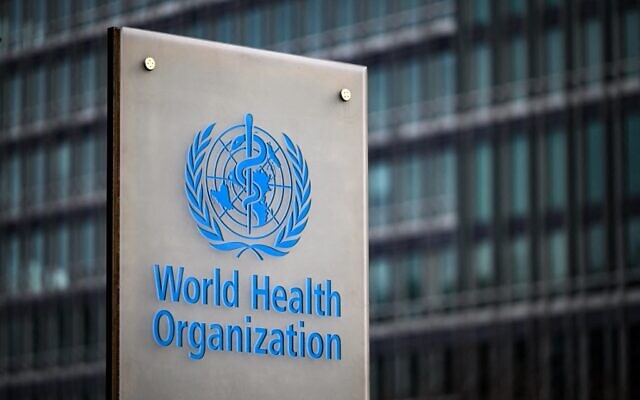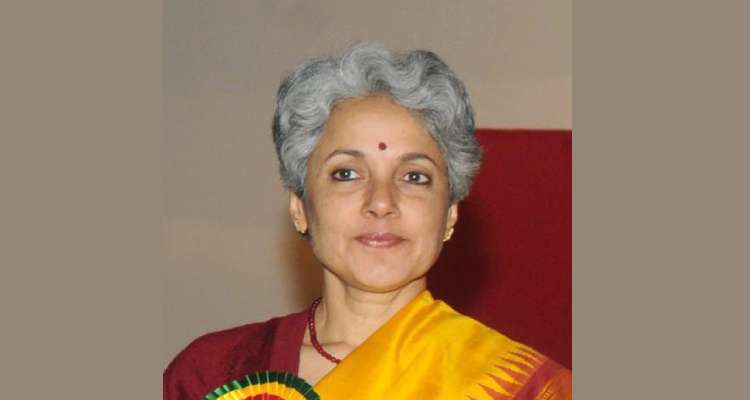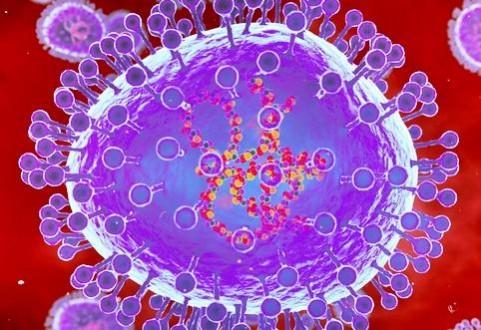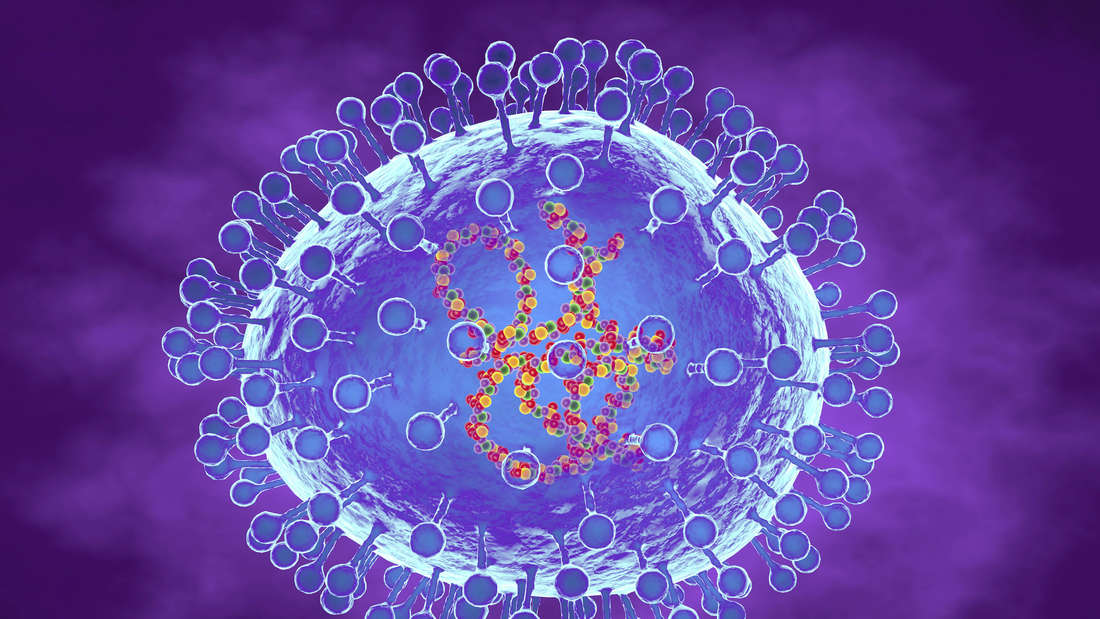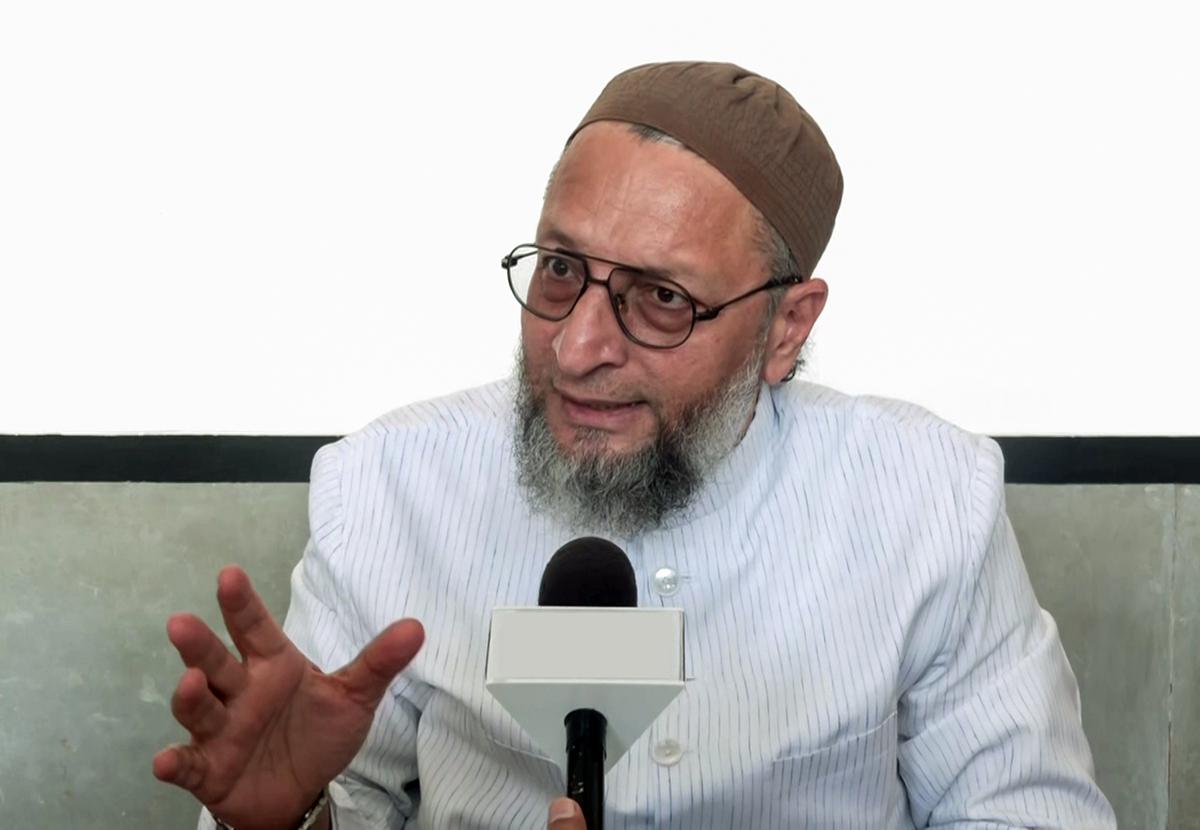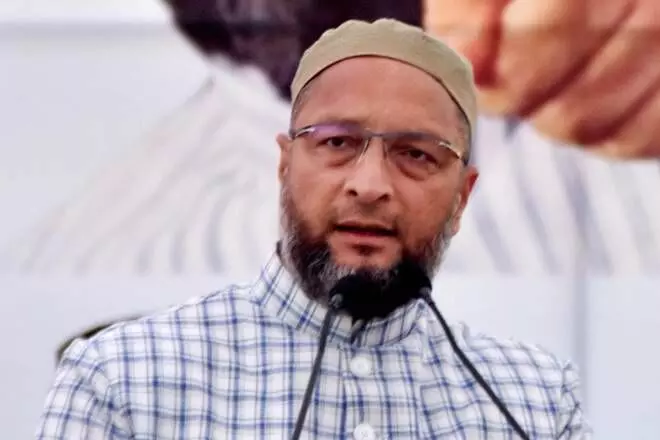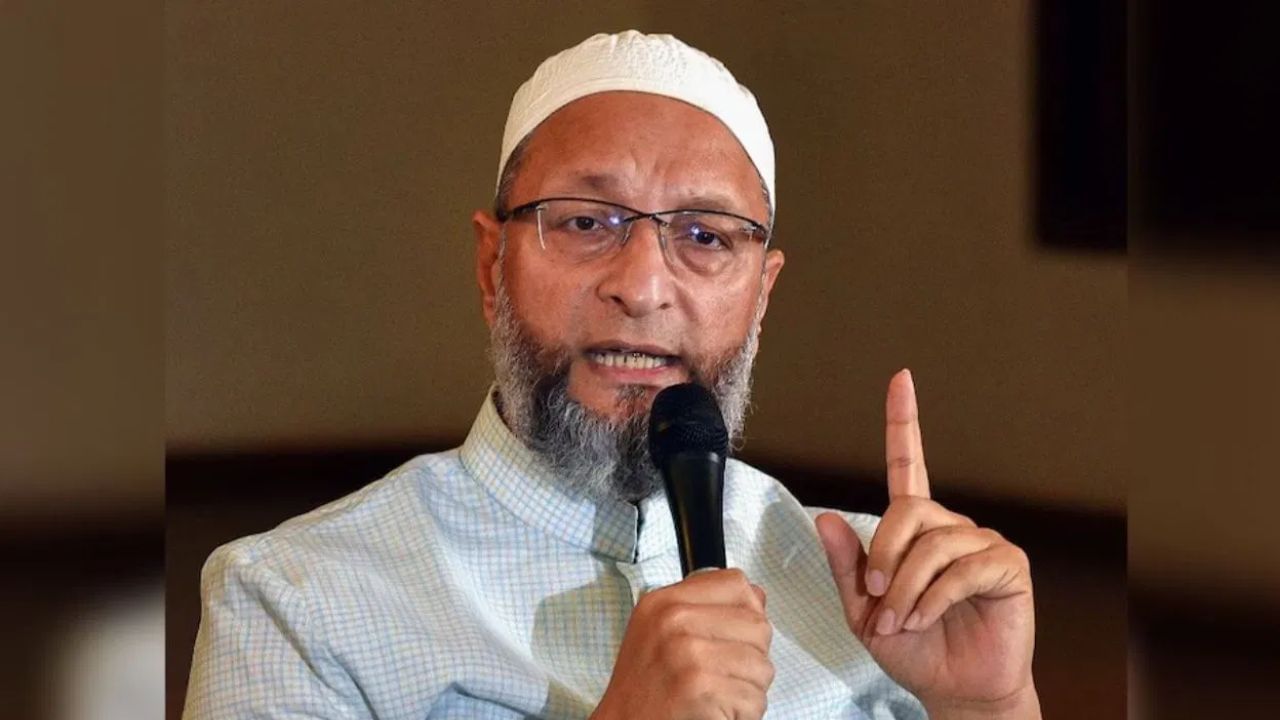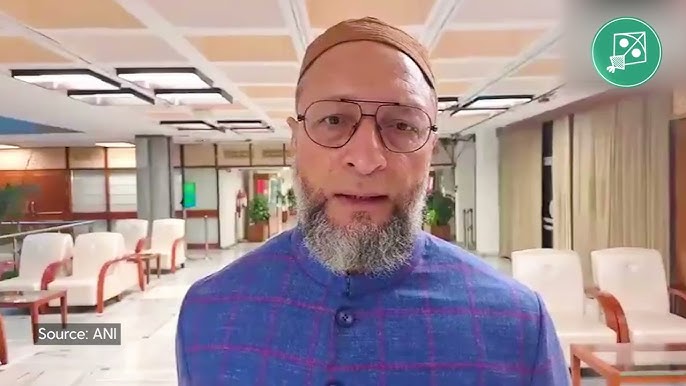Brazil strains at quarantine as virus cases pass 5 million
Fri 09 Oct 2020, 11:20:00
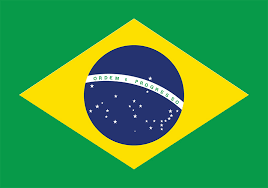
Rio De Janeiro: Dozens of people converged on the cobblestone streets of downtown Rio de Janeiro for its traditional Pedra do Sal samba party the first since the pandemic began and it seemed Brazil was returning to normal.
Among those dancing Monday were Luana Jatob and two friends, all of whom overcame COVID-19. As a nurse technician caring for coronavirus patients, she knows better than most that occupancy rates at Rio's intensive-care units have surged as the city's seven-day average number of cases reaches its highest level since June.
But, she said, everyone is desperate for a respite from the gloom.
We take care of the people who are sick with COVID, but something that isn't discussed is that there's a very serious disease all over the world, which is depression, said Jatob .
After confinement, this samba circle is really to rescue those who felt downbeat and were oppressed. It's not just the virus that kills. Brazilians, like many across the world, are burned out on quarantine.
The somewhat slower pace of COVID-19's spread, combined with less media coverage after it moved beyond Brazil's two biggest cities, has helped people put the disease out of mind. But it continues to rip through Latin America's largest country, and mayors many of whom aren't keen to keep restrictions in place ahead of November elections are reopening their cities.
And experts are warning of a possible second wave.
At its height, Brazil was registering more than 45,000 cases and 1,000 deaths per day. Those totals took the shape of a months-long plateau, unlike most other countries whose viral curves had defined peaks. While Brazil's figures have fallen to about 27,000 cases and 700 deaths daily significant improvement, clearly they're still nothing to sneeze at.
Brazil surpassed 5 million confirmed cases on Wednesday night and is verging on 150,000 dead, the second-most in the world, according to the tally from Johns Hopkins University.
People thought it unacceptable that 1,000 people were dying every day two months ago, and now they are fine with 700 people dying every day. It simply doesn't make any sense, said Pedro Hallal, an epidemiologist who coordinates the Federal University of Pelotas' testing program, by far the country's most comprehensive.
We can say the worst part of the first wave is done, and now obviously we need to continue to be monitoring to see if numbers go up again. Hallal added that a second wave of infections is unlikely this year, because
of how long Brazil's crest lasted, but that tens of millions remain susceptible. As such, a second wave is very likely in 2021, he said.
of how long Brazil's crest lasted, but that tens of millions remain susceptible. As such, a second wave is very likely in 2021, he said.
The University of Miami's observatory for COVID-19 in the Americas indicates that, at Brazil's state level, the number of policies adopted to counter infection has fallen to the third-lowest in the region, behind Nicaragua, which declined to muster any meaningful response, and Uruguay, where virus incidence is among the world's lowest.
The phenomenon is visible in Brazil's cities, too, as campaigning mayors allow bars, restaurants and movie theaters to reopen, encouraging people to emerge from quarantine. Brazil's statistics institute released data last week showing that the percentage of people in strict isolation or leaving home only when necessary dropped to 57% in mid-September, from 68% in early July.
Mayors running for reelection have no interest in imposing any kind of lockdown or restrictions, said Miguel Lago, executive director of Brazil's Institute for Health Policy Studies, which advises public health officials. Their incentive now is to roll back pandemic measures, he added.
Limitations that ostensibly remain are often ignored. For example, Rio's beaches have been packed on recent weekends, despite the fact sunbathing remains prohibited.
In the Brazilian tradition, there are laws that stick and others that don't, Alvaro Costa e Silva, a columnist for Brazil's biggest newspaper, Folha de S.Paulo, wrote this week.
To maintain what today is considered mental health, filling beaches and gathering in bars became a tolerated compulsion in Rio. As shops and some offices reopen in Sao Paulo, traffic jams in South America's biggest city have started making a comeback. By mid-September, mobility across Brazil had returned to normal levels, according to the University of Miami's COVID-19 observatory, based on GPS data from Google.
In Amazonas state, where early on the pandemic slammed the capital, Manaus, and forced cemeteries to dig mass graves, mobility was 24% above pre-pandemic levels. A fresh surge of cases prompted local authorities in late September to reinstate restrictions on commerce and gatherings, and to shut down the riverside beachfront.
I wouldn't recommend governments to relax further; there's still room for big spikes based on people moving around and not wearing masks, said Michael Touchton, a political science professor at the University of Miami, and co-founder of its observatory.
No Comments For This Post, Be first to write a Comment.
Most viewed from Coronavirus Updates
Most viewed from Health
AIMIM News
Asaduddin Owaisi questions PM Modi's China policy
Jan 08, 2025
Owaisi slams UP over police post near Sambhal mosque
Dec 31, 2024
Owaisi hails SC order on Places of Worship Act
Dec 13, 2024
AAP Corporator Tahir Hussain joins AIMIM party
Dec 11, 2024
Latest Urdu News
Most Viewed
May 26, 2020
Which political party will win the Delhi Assembly polls to be held on Feb 5?
Latest Videos View All
Like Us
Home
About Us
Advertise With Us
All Polls
Epaper Archives
Privacy Policy
Contact Us
Download Etemaad App
© 2025 Etemaad Daily News, All Rights Reserved.


